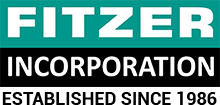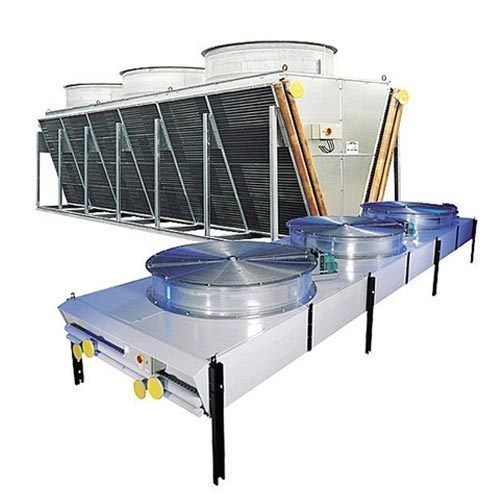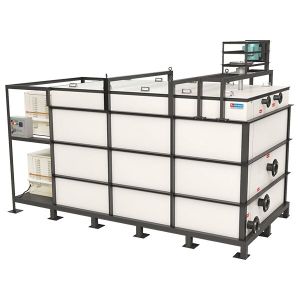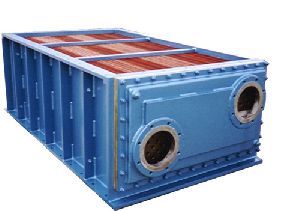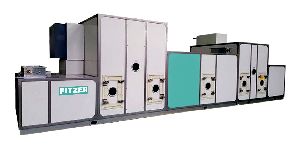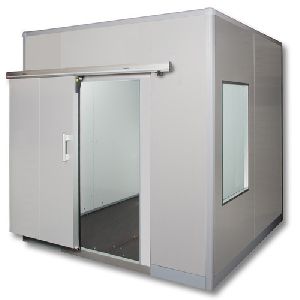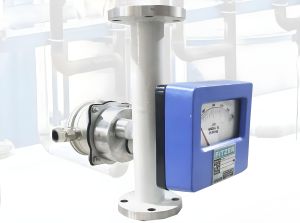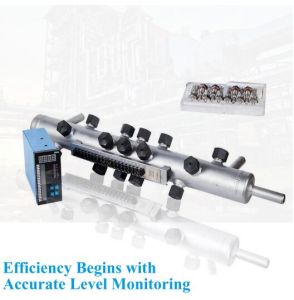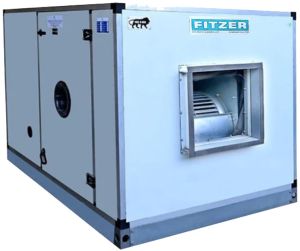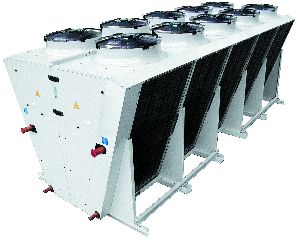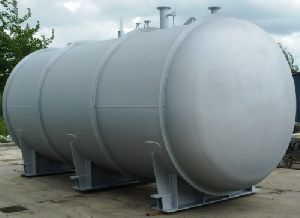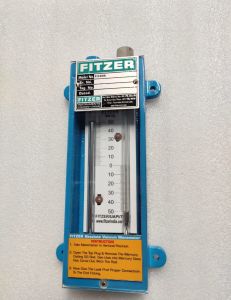Ankleshwar Gidc, Gujarat
- GST NO. : 24ACNPC1767D1ZW
Mobile : View Mobile Number
| Business Type | Manufacturer, Exporter |
| Catalog | |
| Number Of Flower | Air Cooled |
| Material | Stainless Steel |
| Click to view more | |
Product Details
Introduction to air-cooled heat exchangers
Water shortage and increasing costs, together with more recent concerns about water pollution and cooling tower plumes, have greatly reduced industry's use of water cooled heat exchangers. Consequently, when further heat integration within the plant is not possible, it is now usual to reject heat directly to the atmosphere, and a large proportion of the process cooling in refineries and chemical plants takes place in Air Cooled Heat Exchangers (AC-HEs).
There is also increasing use of Air Cooled Condensers for power stations. The basic principles are the same but these are specialized items and are normally configured as an A-frame or "roof type". These condensers may be very large-the condensers for a 4000 MW power station in South Africa have over 2300 tube bundles, 288 fans each 9.1 m in diameter and a total plot area 500 m X 70 m.
AC-HEs for process plants are normally just called Aircoolers, but should not be confused with devices for cooling air (best described as Air Chillers).
The design of an AC-HE is more complex than for a Shell and Tube Heat Exchanger, as there are many more components and variables.
The structure of an AC-HE is painted or galvanized, depending on customer specification. However, the costs are roughly the same if a multiple coat paint system is specified. Often the painted units are more expensive. There seems to be a trend toward more galvanized structures because they require virtually no maintenance. Painted structures require touch-up after installation and they often rust anyway.
Air-cooled heat exchangers are used extensively throughout the oil and gas industry, from upstream production to refineries and petrochemical plants, under high pressure and high temperature conditions, as well as corrosive fluids and environments.
Looking for "Air Cooled Heat Exchanger" ?
Explore More Products
Our Blogs

